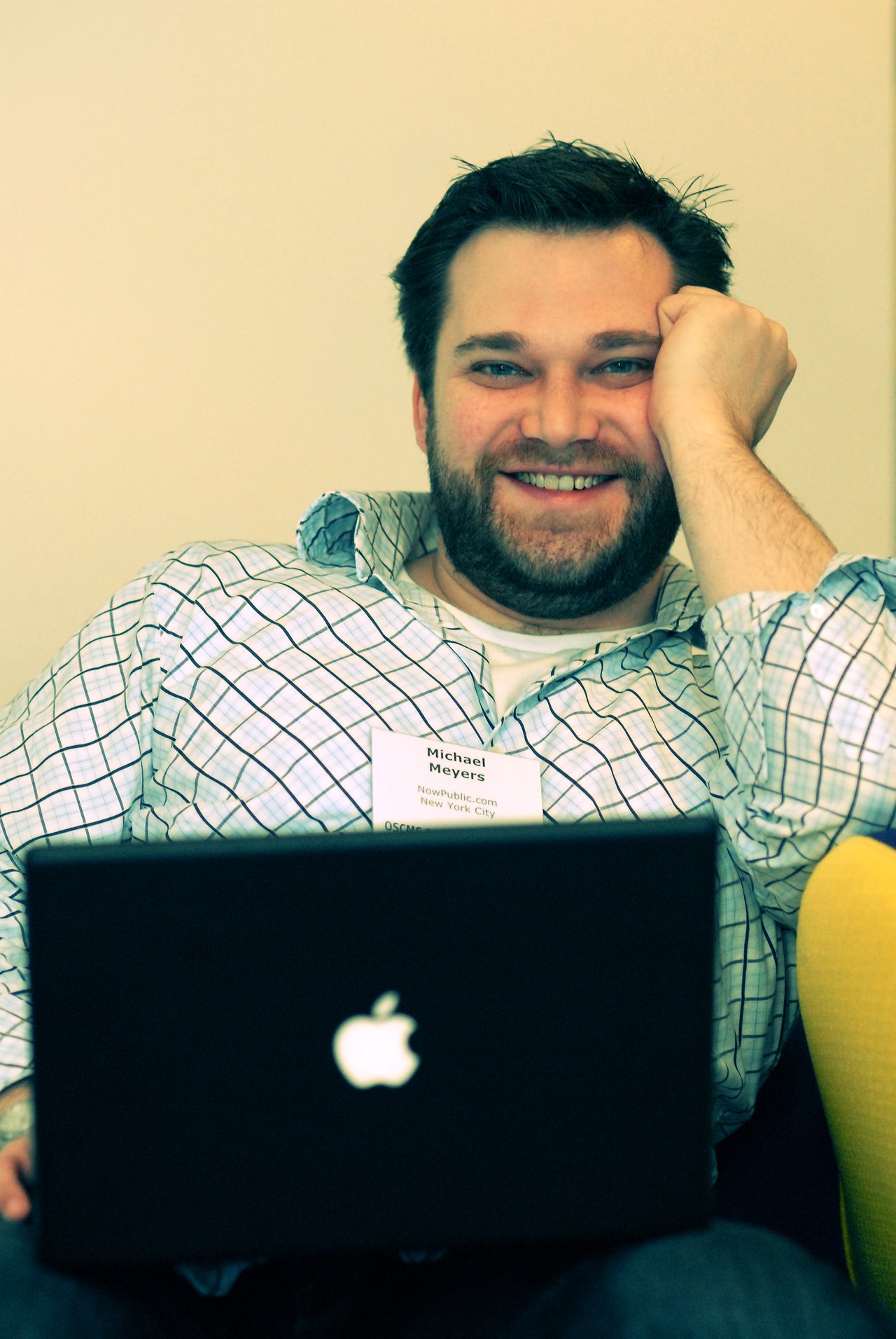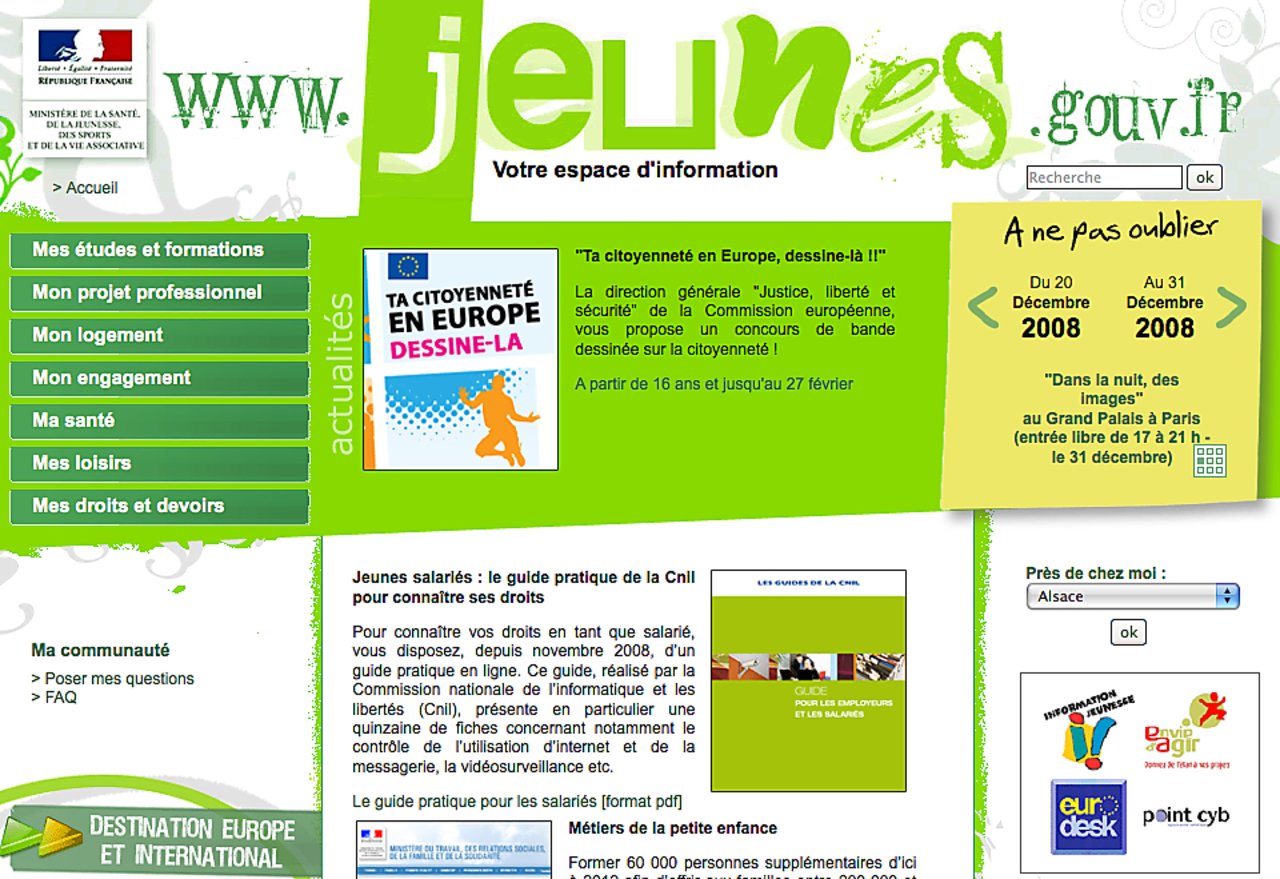
In the early days, I had to sell Internet subscriptions when there weren't enough support calls coming in. It was very educational to see an organization grow so rapidly. In the few years I worked at the ISP I saw it grow from 5 to 60 people. I was one of their first hires, and running the service desk and doing outside sales was good training for my work today at Acquia.

I was fortunate that my parents paid for the basics like tuition and books, but I got a job at an ISP so I could buy gadgets and pay for other fun things. I spent my time studying, but like any student I also enjoyed having a good time. In college I studied Computer Science at the University of Antwerp. Jeremy Andrews: What were you doing before you started the Drupal project?ĭries Buytaert: As a high school student my first job was making hamburgers at “Quick”, a European fast food chain. Later this year he's planning an around-the-world tour, literally flying around the world visiting as many countries as he can to talk about Drupal. “It helps me as the project lead to talk to as many Drupal people as I can”, he explained. He listens to success stories and challenges faced in adopting or migrating to Drupal. For Dries, trips like this are becoming more and more common, allowing him to meet an increasing number of the people all over the globe using and developing Drupal. When we began this interview, Dries was on a Drupal tour in Australia, calling from a hotel room in Sidney. He discusses how his company, Acquia ( news, site), has impacted his ability to focus on Drupal, weighs in on some of the new features in Drupal 7 and looks toward the next decade of progress. In this interview, I visit with Drupal's creator, Dries Buytaert, who explains how Drupal evolved over the past ten years, out of a simple message board written in a college dormitory in Belgium.

The Drupal ( news, site) open source web content management system is developed by thousands and used by millions of people around the world, powering a diverse range of websites.


 0 kommentar(er)
0 kommentar(er)
